
As parents we often wonder (and sometimes worry) about our child’s future, and what kind of world they will grow up in. With awareness of global warming and the environment growing, parents want to do all they can to reduce their impact on the planet. A big part of this is the carbon footprint of having a child. In countries like Australia, this is quite large. But there are ways that you can reduce your impact on the environment by the choices you make.
Here are 3 simple tips to reduce the carbon footprint of a baby.
1. Use cloth nappies instead of disposable nappies
An average baby can use thousands of disposable nappies by 2–3 years of age (when they usually no longer need them). You can imagine how many wheely bins thousands of nappies would fill!
In first world countries like Australia and the US, the vast majority of parents use disposable nappies, while in countries like China and India only a small fraction use them.
If you want to reduce the carbon footprint of having a child, choose cloth nappies instead of disposable nappies. Most modern cloth nappies are made of cotton, bamboo, fleece or hemp. They are a similar shape to disposable nappies, and even do up with clips or Velcro. Instead of disposable ‘one-use-only’ nappies, cloth nappies can be washed and reused.
You can purchase cloth nappies from Australian companies like
EcoNaps.
2. Use eco wet wipes or a washcloth
Wet wipes are another item that parents use thousands of in the first few years of a child’s life. If you want to use wet wipes, why not choose a brand that are organic and/or made from bamboo?
A great example is
NATY eco sensitive wipes that are compostable! These are available from most supermarkets. Or, if you’d like to support Australian companies, we’d suggest brands such as
EcoOriginals Baby and
Hello Charlie.
Simply use a wet cloth
Wet wipes are convenient, and great when you’re out and about, but they don’t need to be used for absolutely everything. To reduce the number of wet wipes you use, simply use a wet cloth.
Most people don’t like the idea of cleaning up poo with a washcloth, which is understandable, but for everything else, they work a treat. So, every time your child needs its face or hands wiped, or you need to clean up a spill, by using a cloth, you can dramatically cut down the amount of wet wipes you use.
3. Use Sinchies reusable food pouches

There are so many food products for babies and young children that come with disposable packaging. One of the reasons we created Sinchies was to help parents reduce their waste.
By using Sinchies reusable food pouches (instead of buying things like kids size yoghurts and sandwich bags by the hundred) you can reduce the carbon footprint of having a child and your impact on the environment. You’ll also save yourself money!
You can view our fantastic range of
Sinchies products in our online store.
 As parents we often wonder (and sometimes worry) about our child’s future, and what kind of world they will grow up in. With awareness of global warming and the environment growing, parents want to do all they can to reduce their impact on the planet. A big part of this is the carbon footprint of having a child. In countries like Australia, this is quite large. But there are ways that you can reduce your impact on the environment by the choices you make.
Here are 3 simple tips to reduce the carbon footprint of a baby.
As parents we often wonder (and sometimes worry) about our child’s future, and what kind of world they will grow up in. With awareness of global warming and the environment growing, parents want to do all they can to reduce their impact on the planet. A big part of this is the carbon footprint of having a child. In countries like Australia, this is quite large. But there are ways that you can reduce your impact on the environment by the choices you make.
Here are 3 simple tips to reduce the carbon footprint of a baby.
 There are so many food products for babies and young children that come with disposable packaging. One of the reasons we created Sinchies was to help parents reduce their waste.
By using Sinchies reusable food pouches (instead of buying things like kids size yoghurts and sandwich bags by the hundred) you can reduce the carbon footprint of having a child and your impact on the environment. You’ll also save yourself money!
You can view our fantastic range of Sinchies products in our online store.
There are so many food products for babies and young children that come with disposable packaging. One of the reasons we created Sinchies was to help parents reduce their waste.
By using Sinchies reusable food pouches (instead of buying things like kids size yoghurts and sandwich bags by the hundred) you can reduce the carbon footprint of having a child and your impact on the environment. You’ll also save yourself money!
You can view our fantastic range of Sinchies products in our online store.

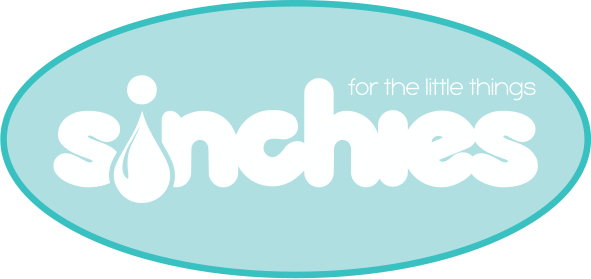
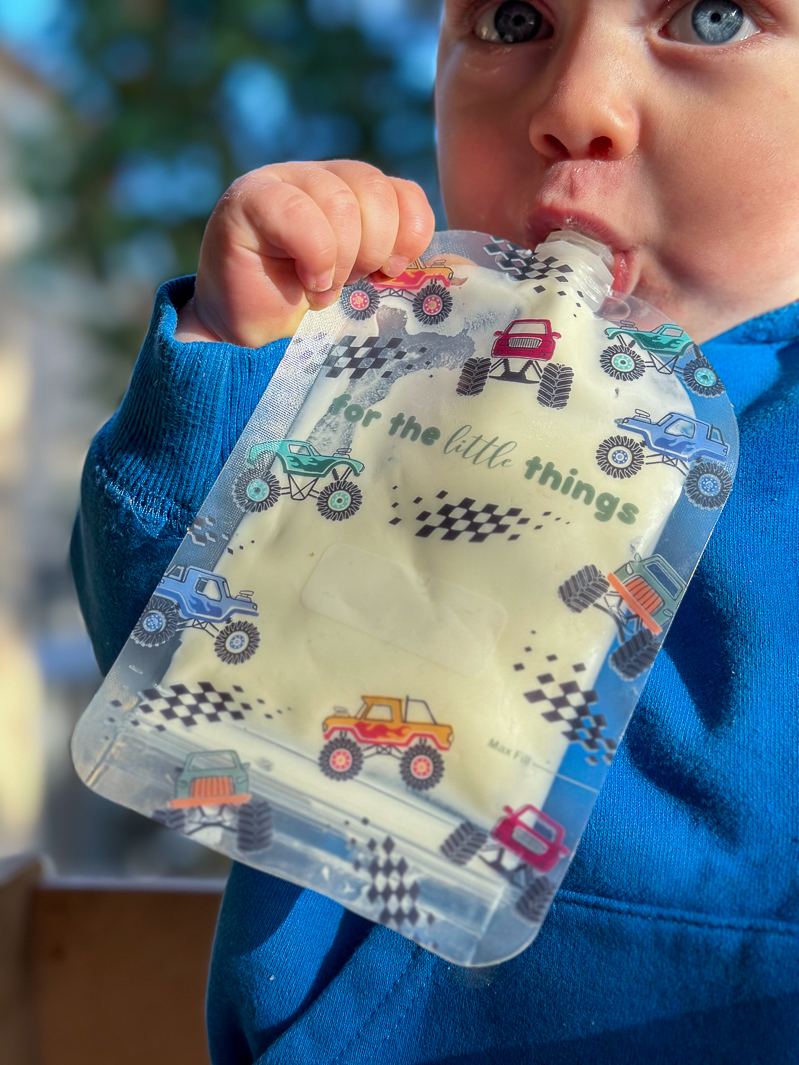

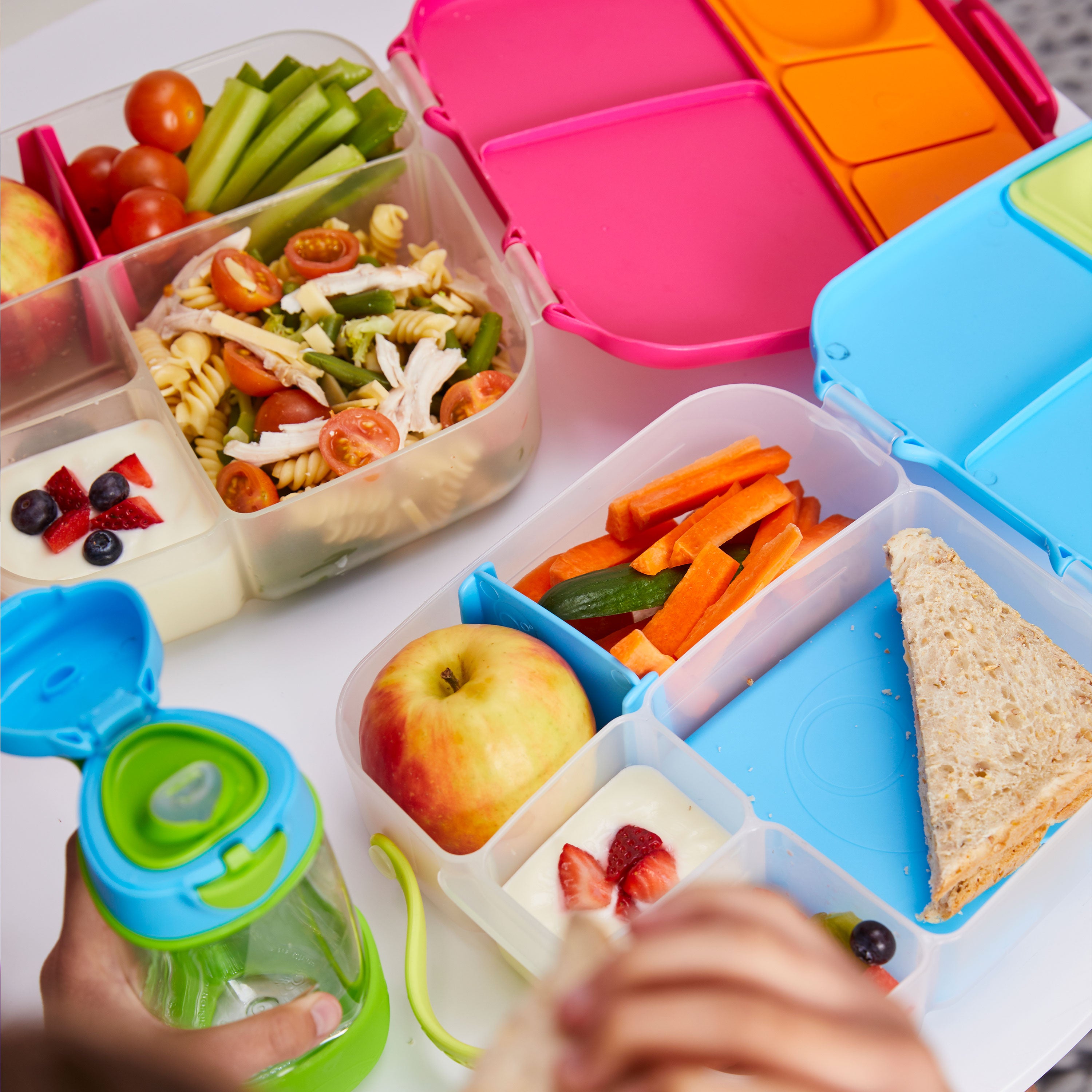

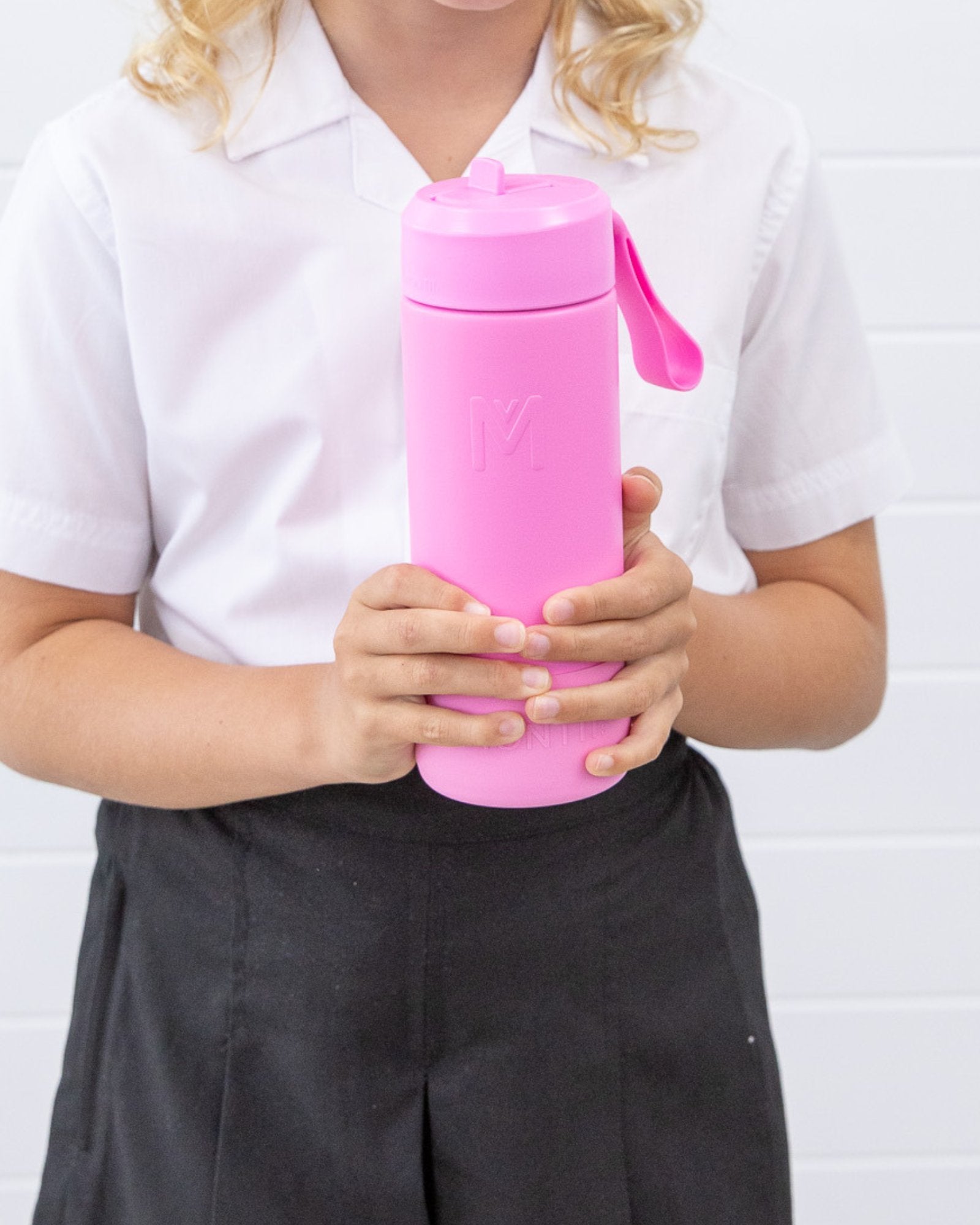

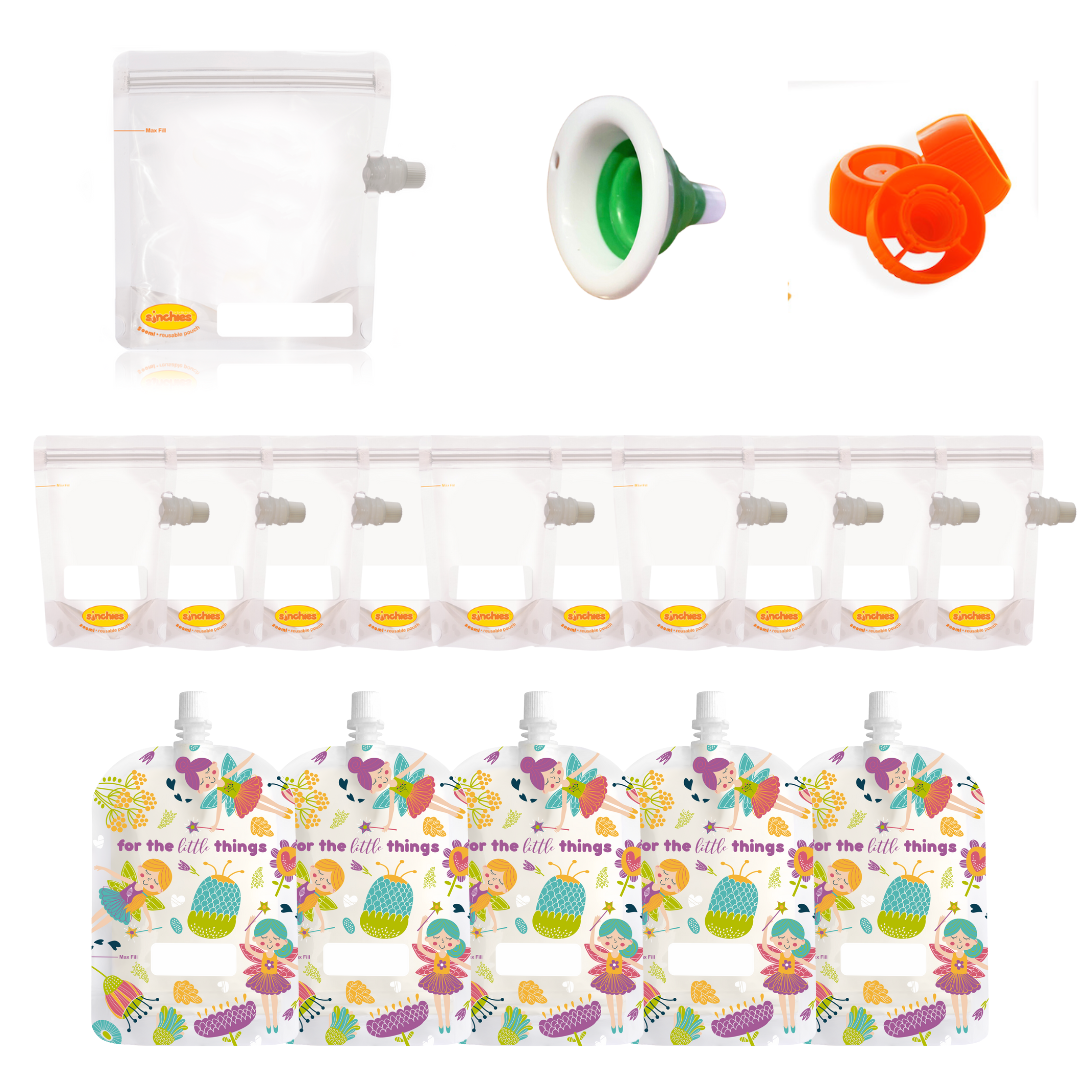
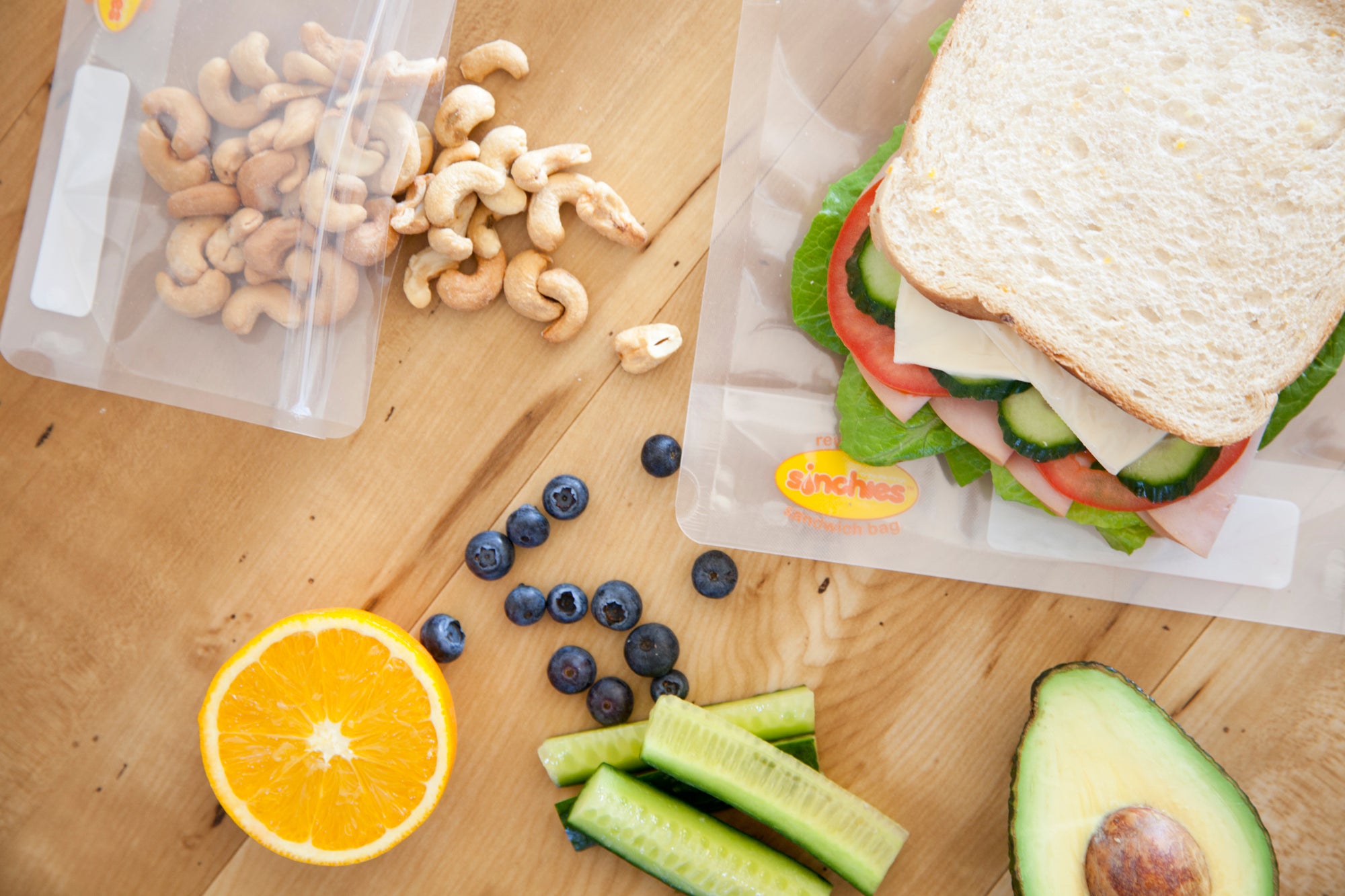
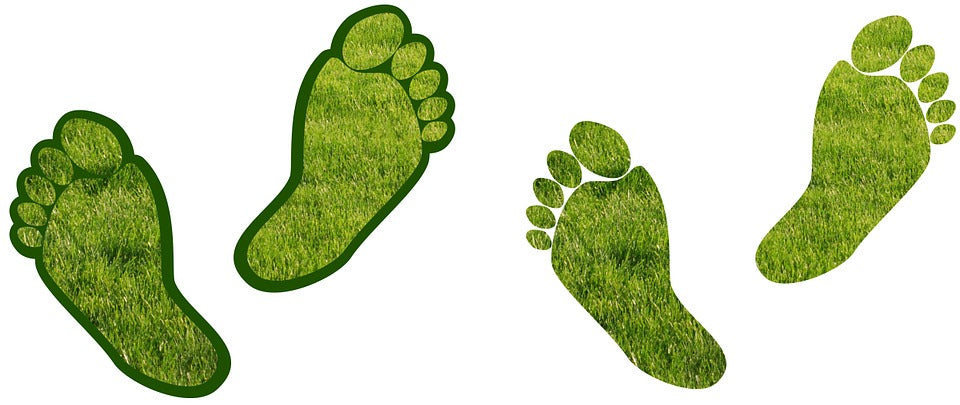























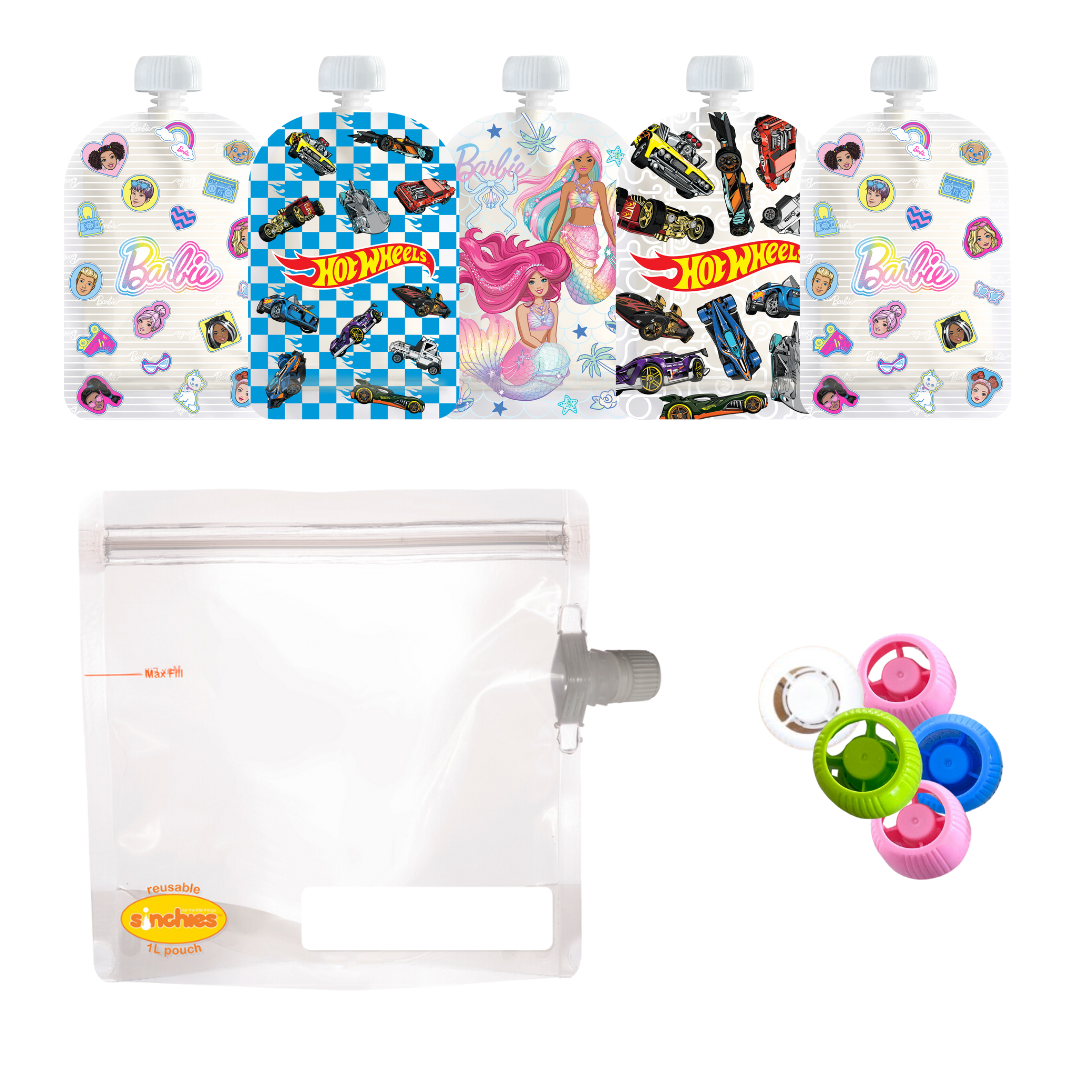
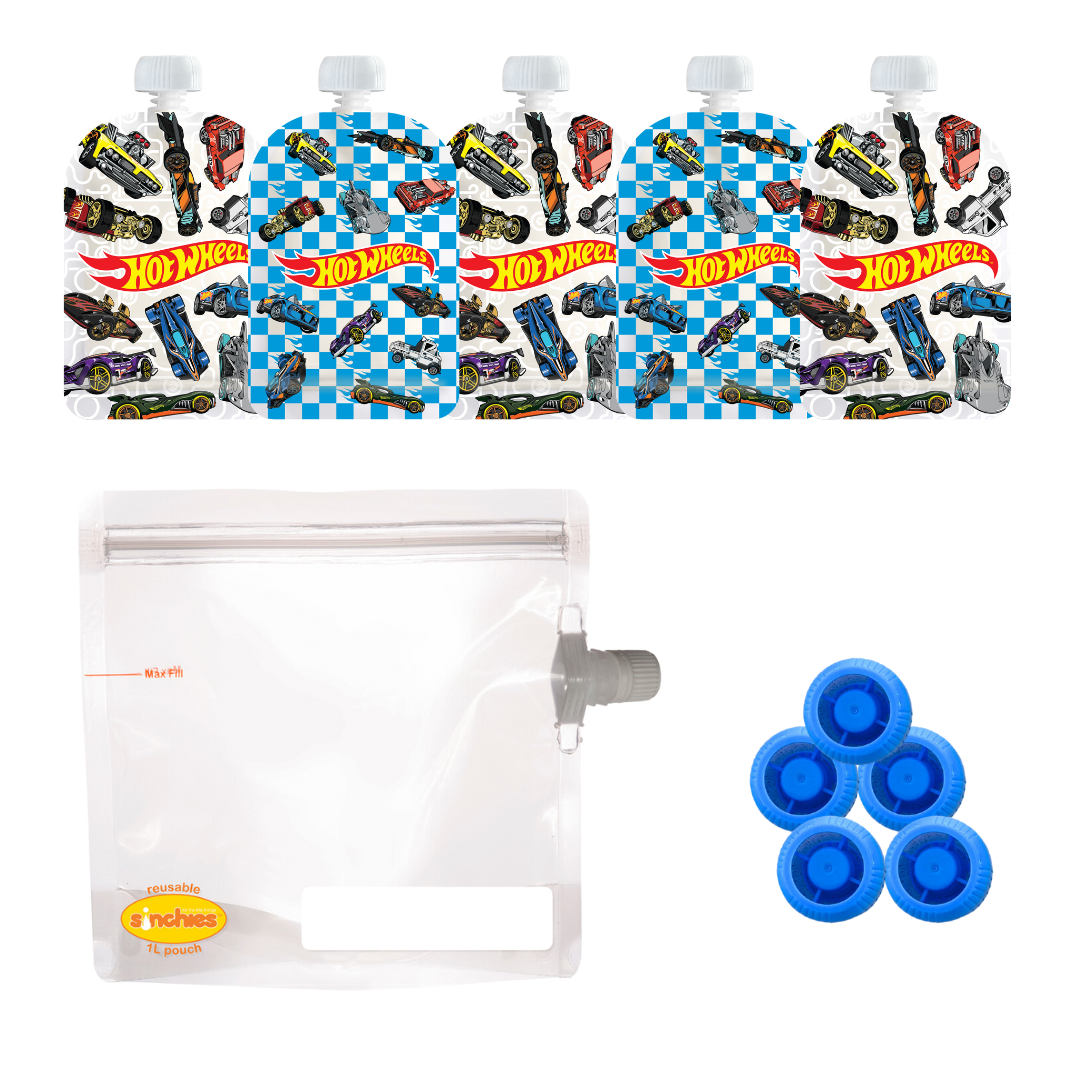
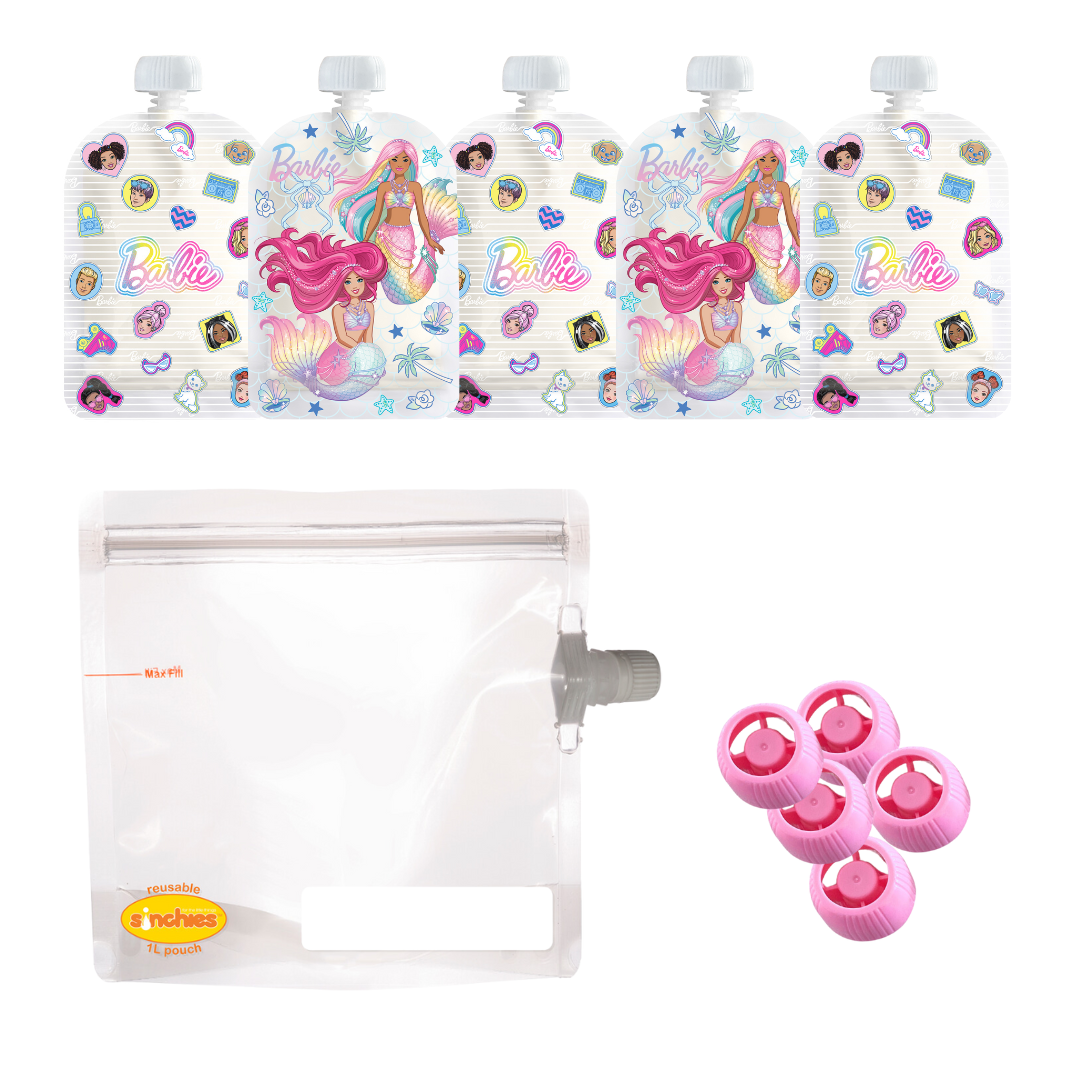


















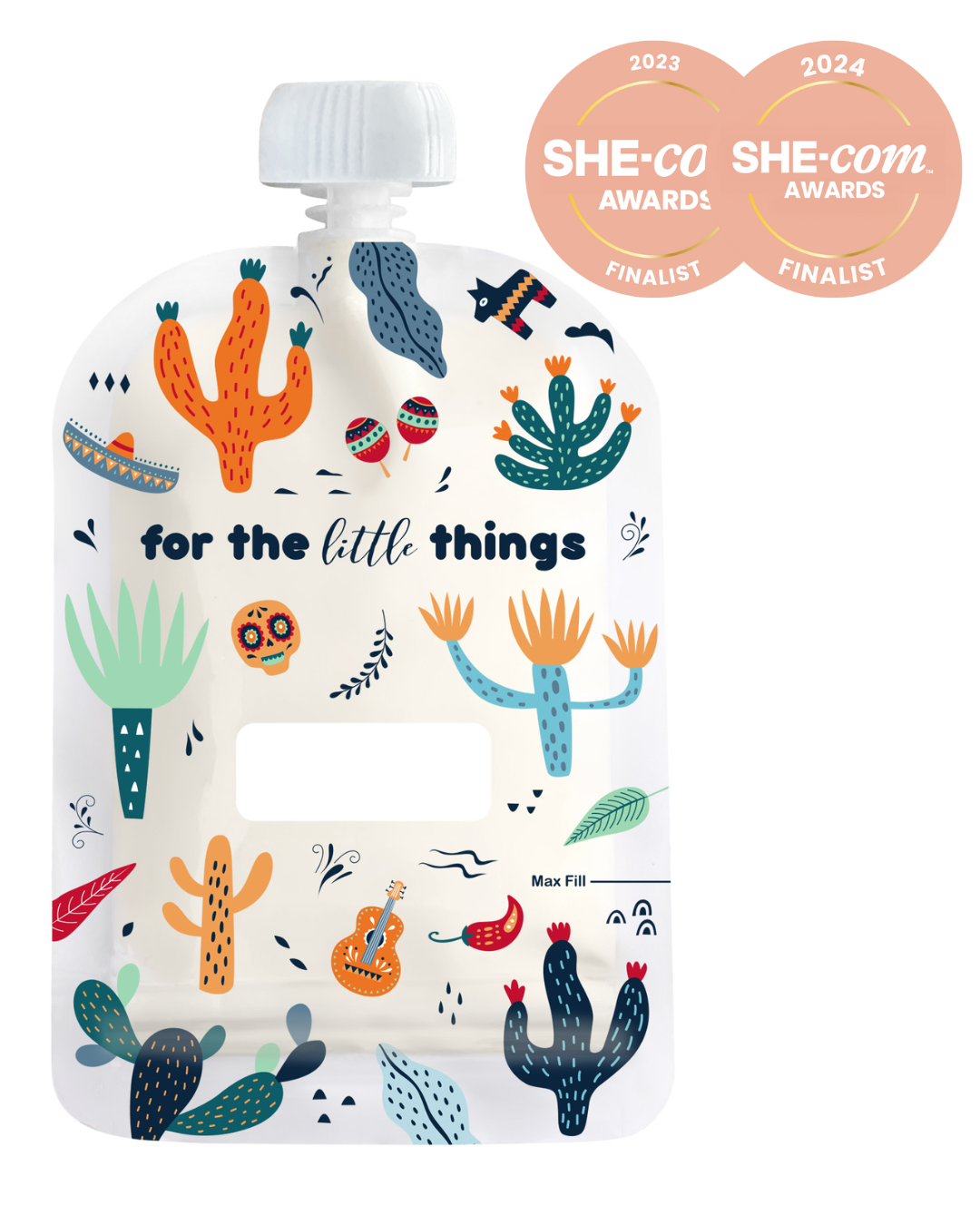
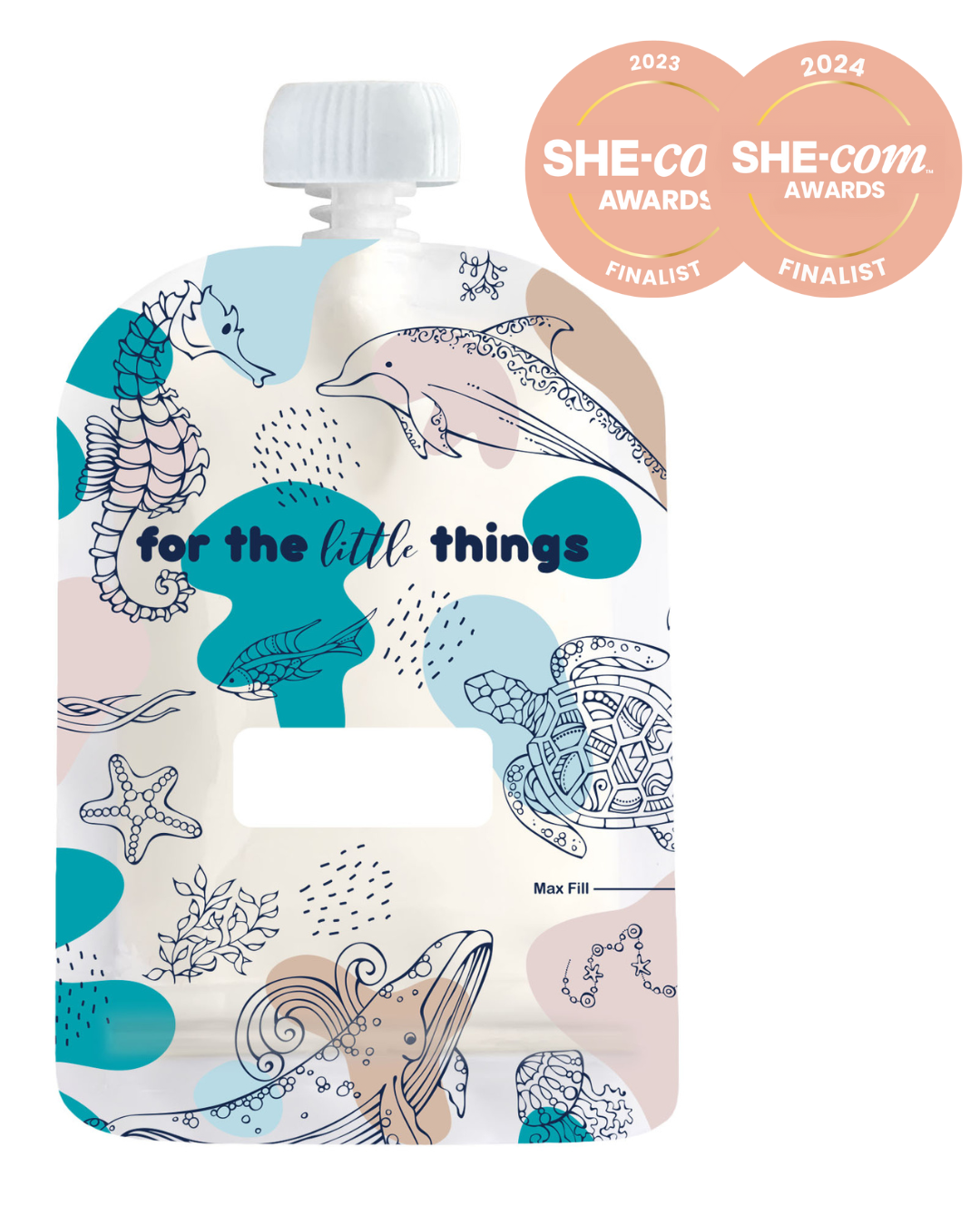











Leave a comment